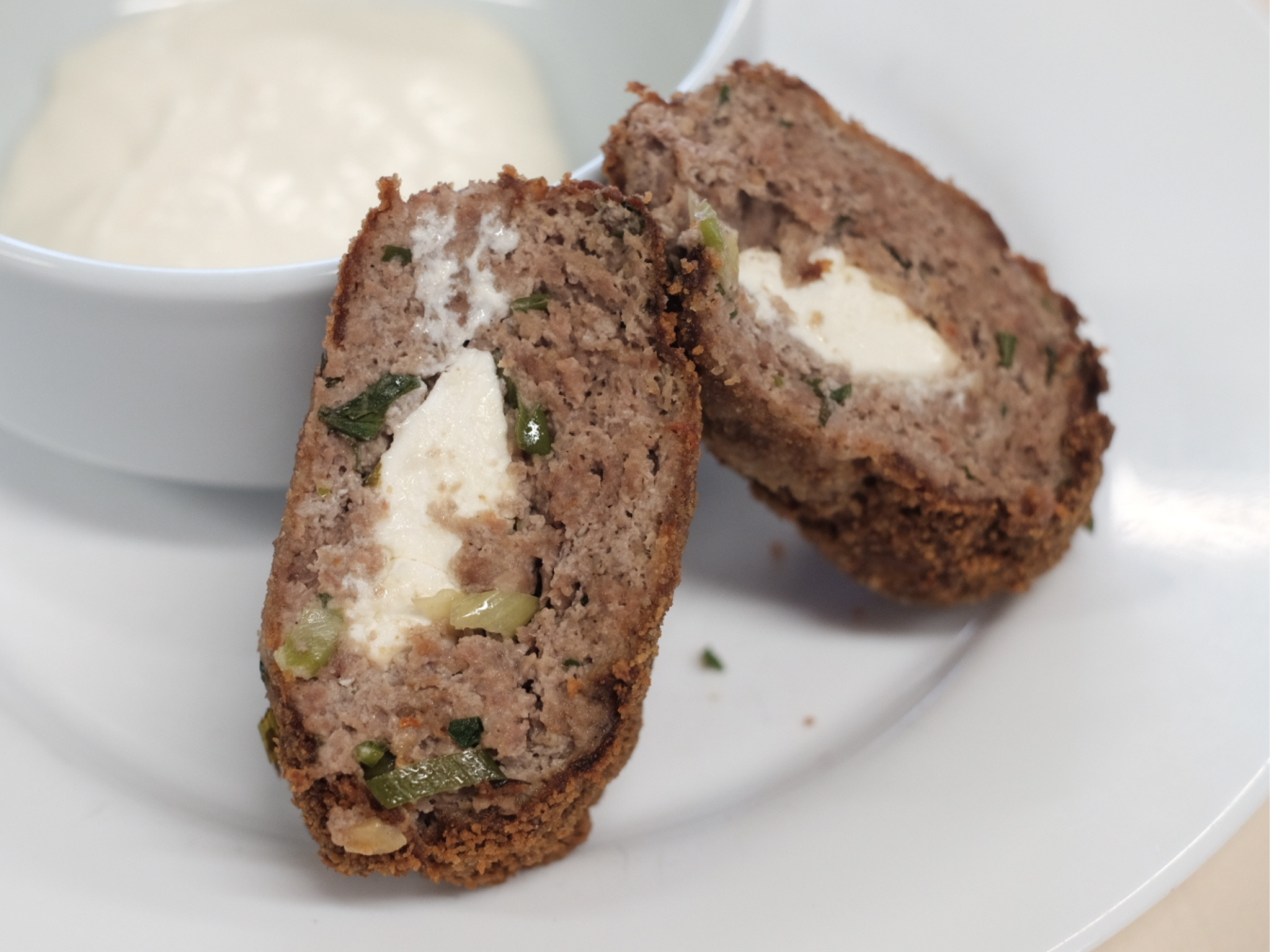
German food tech player Nosh.bio has launched a blended beef mince product, combining meat with its koji protein.
As blended meat engulfs Europe’s protein sector, one German startup is betting on an ancient fungus to expand the category.
Nosh.bio is mixing its fermented koji protein with conventional beef for a new blended mince product, which is positioned as a B2B ingredient for manufacturers, retailers and foodservice operators.
Koji is the national fungus of Japan and powers foods like miso, shoyu and mirin, but its use as an alternative protein ingredient has been on the rise of late, from Prime Roots’s deli meats to Imagindairy’s cow-free dairy protein.
Nosh.bio’s koji protein is debuting at Berlin canteen Speisemanufaktur Adlershof on September 15, where it will feature in a range of dishes for one week.
“Consumers are looking for food that is both delicious and better for the planet. A hybrid approach lets us deliver the full beef taste and texture people expect, while significantly lowering the environmental footprint,” Nosh.bio co-founder and CEO Tim Fronzek told Green Queen.
Koji protein delivers on cost, climate and health

Founded in 2022 by Fronzek and CTO Felipe Lino, Nosh.bio uses biomass fermentation to turn fungal biomass into single-ingredient meat analogues. The startup suggests that its tech platform is highly efficient and cost-effective, delivering alternative proteins with taste, texture and health benefits.
Its fermentation process uses agricultural side streams to feed the microbes and can be carried out in existing fermentation facilities, enabling fast scale-up and keeping downstream prices low. In fact, last year, it retrofitted a former brewery in Dresden to repurpose it into a commercial-scale facility that can produce 1,000 tonnes of protein annually.
The koji protein is described as highly versatile with applications ranging from meat, seafood and dairy alternatives to confectionery and bakery products. It eschews the need for texturisers and stabilisers in meat analogues, while retaining a juicy texture.
Last year, it partnered with Zur Mühlen Group, a subsidiary of German meat giant Tönnies Group, to roll out Koji Chunks, a single-ingredient meat analogue to appeal to Europe’s clean-label demand.
Now, it has taken the blended meat approach to cater to the continent’s flexitarian population. In Germany alone, two in five people identify as flexitarians, and a third of consumers want to cut back on meat. The latter shift is driven by changing taste preferences (cited by 26% of Germans), the high prices of animal protein (23%), and health concerns (19%).
In addition, the protein will attract eco-conscious eaters. Its production emits 91% fewer greenhouse gases than conventional meat, requires more than 99% less land, and consumes 99% less water.
“Our koji protein brings clean-label functionality, improved nutrition, and a drastic reduction in land, water, and carbon use compared to beef. It’s a pragmatic way for flexitarians and omnivores to cut their meat intake without compromising on enjoyment,” said Fronzek.
“Our ingredient has reached cost parity with beef. That’s a breakthrough at a time when beef prices remain high and volatile across Europe,” he added. “Because we retrofitted existing fermentation capacity and run a lean process, we can keep production costs low. This allows our hybrid mince to be competitively priced while still offering a better nutritional and sustainability profile.”
Nosh.bio eyes retail opportunity for blended meat

For the public showcase, Nosh.bio’s blended meat will be available in dishes like burgers, meatballs, and lasagna. “The base hybrid mince is simply beef blended with our koji protein – it’s a drop-in solution for kitchen operations. Inclusion typically ranges [from] 25-35% koji protein, depending on the cuisine,” said Fronzek. “The final ingredient list depends on the dish/application.”
By combining beef with koji, Nosh.bio adds a source of fibre and an extra hit of complete protein. “We can expect between 13-15% fewer calories in the hybrid product compared with conventional beef. Also, the protein content per 100 kcal remains the same,” he explained. “On top of that, we add 1g of prebiotic fibres, which are important for maintaining a healthy gut, per 100g of minced beef, and the product has around 20-30%+ less saturated fat and cholesterol.”
The restaurant partnership is designed to gather real-world feedback on flavour, texture and overall performance, as well as demonstrate the ingredient’s versatility, amid Nosh.bio’s efforts to land B2B deals.
“Our main focus remains on producers and retail through our B2B commercial partnerships; in parallel, we’ll expand into additional restaurants and food service. We’re already working with leading partners, and we’ll expand into additional markets where we have both supply readiness and strong partner pull,” said Fronzek.
“We already have the capacity to produce several tons per day, with an output that is higher than a cow’s worth of weight per hour. We plan to expand this capacity several-fold in the following months, since the infrastructure is already installed.”
Blended meat has been recognised as a way to help meat-eaters cut back on animal protein without quitting cold turkey – in the process, it reduces both emissions and intake of saturated fat. Europe has been a hub of major activity, spearheaded by retailers like Lidl, Aldi, and Albert Heijn.
And with retailers pledging to lower the ratio of animal protein sold, Nosh.bio is eyeing this space with a modern twist on an ancient food source.
The post Can Blending Koji Protein with Beef Help Flexitarians Eat Less Meat? appeared first on Green Queen.
This post was originally published on Green Queen.